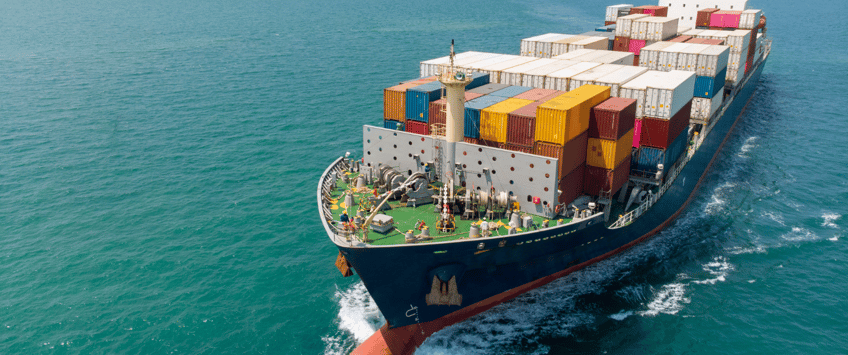
It is that time of year for shippers to negotiate their annual contracts with ocean carriers. Making sure you’ve gathered vital information and aligned your strategies to get the most out of your contract can be a taxing experience. To make things easier, Carrier Allocation has put together a checklist to help you get organized and prepare.
Data Strategy
Try to collect your historical data in one place. Making sure you can visualize how your ocean carriers and vendors performed over the past year is key to understanding how your supply chain performed and where it could use improvement.
- Were you able to find the adequate number of ocean carriers to accommodate and transport your freight on schedule?
- Have you identified any positive or negative exceptions or trends in the service provided by different ocean carriers?
- Can you identify which ocean carrier strings were more or less optimal in transporting your freight?
- Have you determined which vendors performed on-time delivery and which experienced significant dwell time and delay?
- Have you determined which ocean consolidators provided the best service?
Sourcing Strategy
You’ll want to make sure you have a good grasp of your organization’s strategy for sourcing goods to be shipped. It can be especially beneficial to take schedules, volumes, and special requirements into consideration. This helps ensure the procurement of capacity for targeted lanes.
- Have you identified which lanes your organization will most commonly source from?
- Do you know whether or not there are specific compliance-related requirements on commodities to be shipped (e.g. dangerous/hazardous goods, oversized goods, or goods that require special packaging)?
- Do you know if there will be any expected peaks in volume throughout the year, such as seasonal surges?
Transportation Strategy
It’s a good idea to begin planning goals for your upcoming transportation budget. Determining which models, movement, or lanes will help you attain your goals and procure the right resources to match your shipping needs while maintaining cost-effectiveness.
- Do you know if your strategy will be driven entirely by direct ocean contracts or by a combination of direct ocean contracts and Non-vessel Operating Common Carriers (NVOCCs)?
- Are you aware of the volume allocation between direct ocean carriers or the combination of direct ocean carriers and NVOCCs?
- Do you know if it will be most optimal to negotiate at region, lane, or string-level?
- Do you know which movement type will be most efficient and cost-effective? Will it be port-to-port? Door to Door?
For more information on preparing for ocean contract negotiations, download the flyer below or reach out to Carrier Allocation for assistance.


.jpg?width=4025&height=625&name=Carrier%20Allocation%20Flyer%20CTA%20(002).jpg)
